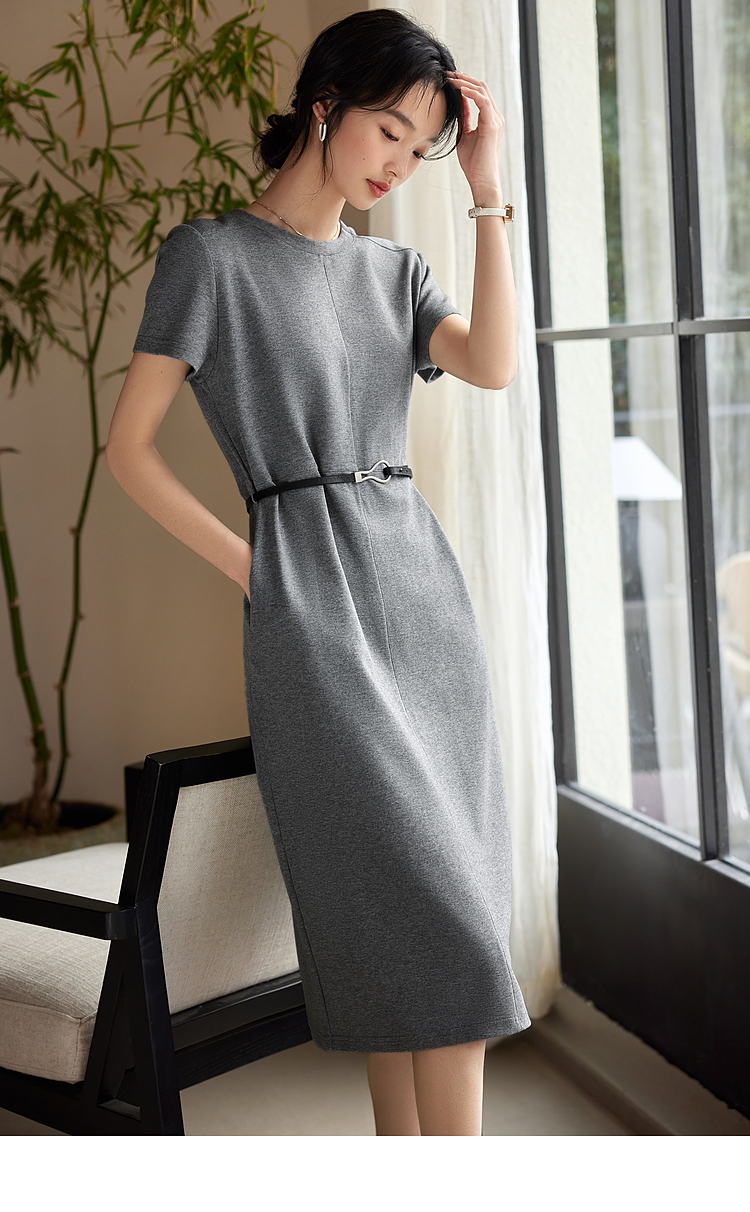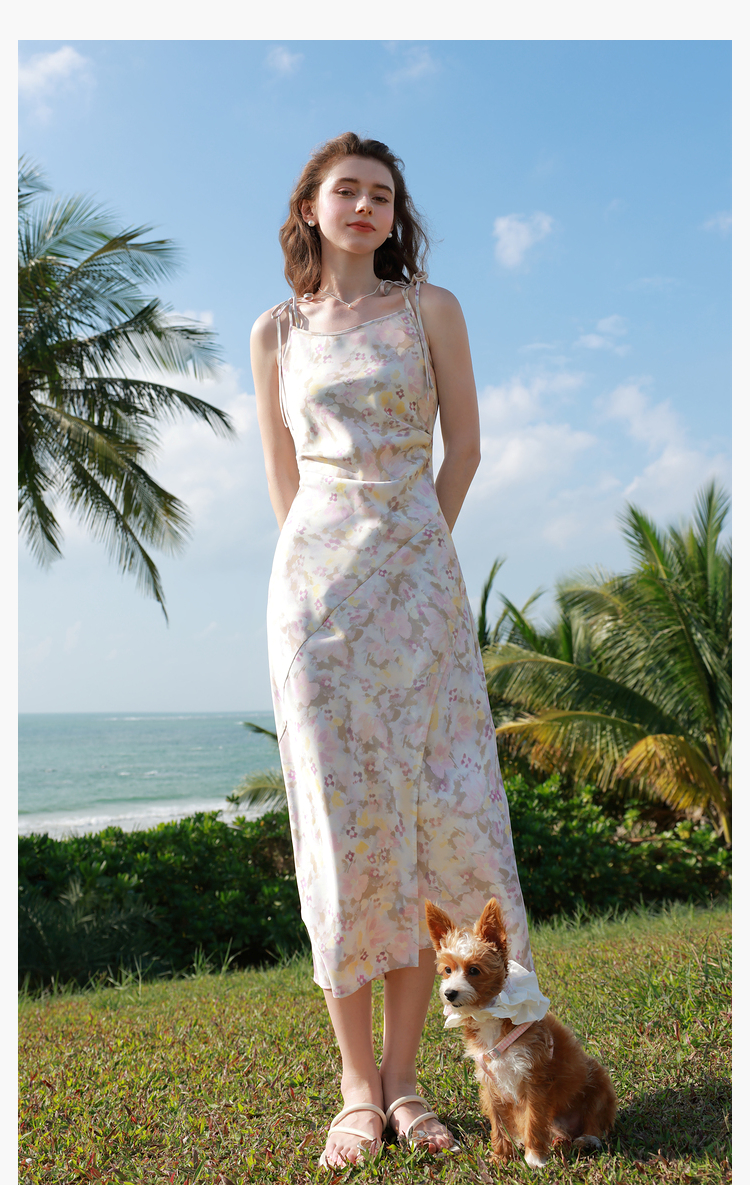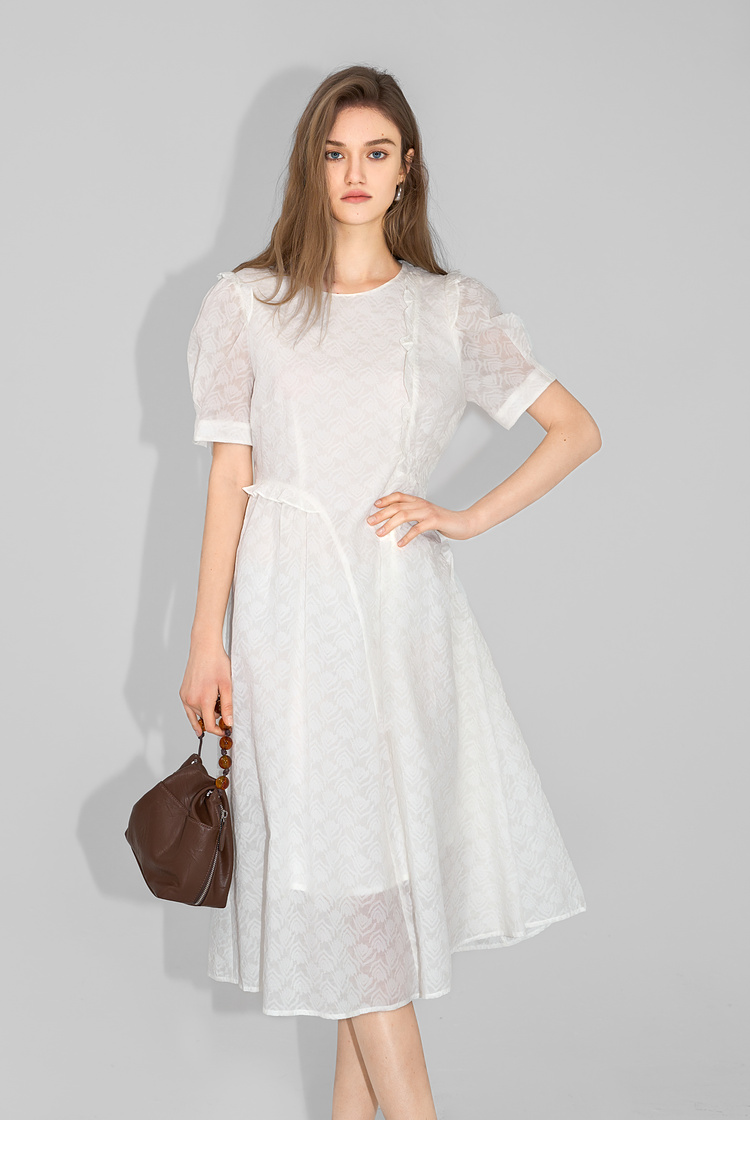A Journey Through Hanfu Styles of China’s Dynasties 🏰
Introduction to Hanfu 📜

Hanfu, the traditional attire of the Han Chinese, is a cultural treasure that has evolved over thousands of years. It’s more than just Clothing; it’s a symbol of China’s rich history and cultural diversity. Let’s embark on a journey to explore the various styles of Hanfu through the dynasties.
The Han Dynasty (206 BCE – 220 CE) 👑

Our journey begins with the Han Dynasty, where the Hanfu we know today was first developed. The Clothing was characterized by its simplicity and elegance, with flowing robes and a deep V-neck. The colors were predominantly dark, reflecting the Confucian values of the time.
The Tang Dynasty (618 – 907 CE) 🍃

As we move forward to the Tang Dynasty, Hanfu styles became more elaborate and vibrant. The Tang period was known for its openness to foreign cultures, and this is reflected in the more diverse and colorful Hanfu designs. The Clothing was more form-fitting, showcasing the wearer’s figure.
The Song Dynasty (960 – 1279 CE) 🎎

The Song Dynasty brought about a return to simplicity and modesty in Hanfu designs. The Clothing was more practical, with a focus on functionality and comfort. The Song people preferred lighter and more breathable fabrics, which were ideal for the warmer climate.
The Ming Dynasty (1368 – 1644 CE) 🏯

Last but not least, the Ming Dynasty saw a revival of traditional Hanfu styles. The clothing was grand and ornate, with intricate embroidery and patterns. The Ming Hanfu was a statement of power and prestige, reflecting the might of the Chinese empire.
Modern Hanfu Movement 🌟

Today, the Hanfu movement is a vibrant part of Chinese youth culture. Young people are embracing the traditional attire as a form of cultural expression and identity. The modern Hanfu incorporates elements from various dynasties, creating a unique blend of old and new.







The article’s mention of the social and cultural significance of Hanfu is a powerful reminder of how clothing can be a form of social commentary. The way each dynasty’s clothing reflected the values and aesthetics of the time is a fascinating insight into Chinese history.
I’m a traveler, and I love how the article suggests that Hanfu can be a form of cultural expression while traveling. Imagine visiting a historical site in China wearing a modern Hanfu that incorporates elements from different dynasties. It would be a unique and immersive experience.
The article’s images are a great addition, but I wish there were more of them, especially for the modern Hanfu movement. It would be fascinating to see how contemporary designers are blending old and new elements.
The article’s comparison of Hanfu styles across different dynasties is a great way to understand the evolution of Chinese fashion. The shift from the simplicity of the Han Dynasty to the opulence of the Ming Dynasty is a fascinating journey through time.
I’m a textile artist, and I was impressed by the article’s focus on the fabrics used in different dynasties. The shift from heavier, darker fabrics in the Han Dynasty to lighter, more breathable materials in the Song Dynasty is a testament to the ingenuity of Chinese textile craftsmanship.
The article’s mention of the social and cultural significance of Hanfu is a powerful reminder of how clothing can be a form of social commentary. The way each dynasty’s clothing reflected the values and aesthetics of the time is a fascinating insight into Chinese history.
The article’s focus on the social value of Hanfu is spot on. The clothing is not just about aesthetics; it’s a reflection of the values and beliefs of each dynasty.
I’m a college student majoring in fashion design, and I found the article to be a great introduction to Hanfu styles. The detailed descriptions of each dynasty’s clothing will be a great reference for my future projects.
As a history enthusiast, I found this article to be a fascinating journey through the evolution of Hanfu across different dynasties. The detailed descriptions and accompanying images really brought each era to life. I especially loved the section on the Ming Dynasty, where the grandeur and opulence of the clothing truly reflected the power of the empire.
I’m a bit skeptical about the durability of modern Hanfu. While the designs are beautiful, I wonder how well they would hold up to everyday wear and tear. It would be great to see more information on the materials and construction methods used.
The article’s comparison of Hanfu styles across different dynasties is a great way to understand the evolution of Chinese fashion. The shift from the simplicity of the Han Dynasty to the opulence of the Ming Dynasty is a fascinating journey through time.
I’m a sustainability advocate, and I appreciate the article’s nod to the environmental friendliness of Song Dynasty Hanfu. It’s a great reminder that traditional practices can offer valuable lessons for modern sustainability efforts.
I’m a parent, and I’m excited about the modern Hanfu movement. It’s a great way to teach my children about their heritage and encourage them to appreciate traditional culture.
I’m a collector of traditional clothing, and this article has given me a new appreciation for Hanfu. The Ming Dynasty’s grand and ornate designs are now on my wish list.
I’m a student of Chinese literature, and this article has deepened my understanding of the cultural context behind the clothing described in ancient texts. The Hanfu styles truly bring history to life.
I’m a student of Chinese literature, and I love how the article ties Hanfu styles to the Confucian values of the Han Dynasty. The simplicity and elegance of their clothing reflect the philosophical ideals of the time.
The Ming Dynasty’s Hanfu is a masterpiece of craftsmanship. The intricate embroidery and patterns must have taken hours of skilled work. It’s a testament to the dedication and artistry of the time.
As a Chinese student studying abroad, reading about the Hanfu movement made me proud of my cultural heritage. It’s heartwarming to see young people embracing traditional attire as a form of identity. The modern Hanfu designs are a testament to the enduring beauty and relevance of our history.
The Ming Dynasty Hanfu’s intricate embroidery and patterns are breathtaking. As an artist, I’m in awe of the craftsmanship and attention to detail. It’s a reminder of the skill and artistry that went into creating these garments, which are now considered cultural treasures.
As a business owner in the fashion industry, I’m intrigued by the modern Hanfu movement. It’s a great example of how traditional clothing can be adapted for modern tastes. I’m considering incorporating some Hanfu elements into my own designs.
As a sustainability advocate, I appreciate the article’s focus on the practicality of Song Dynasty Hanfu. The use of lighter, more breathable fabrics is not only aesthetically pleasing but also environmentally friendly. It’s a great example of how fashion can be both stylish and sustainable.
I’m a fashion blogger, and I think the article does a great job of highlighting the diversity of Hanfu styles. Each dynasty has its own unique aesthetic, and it’s fascinating to see how these styles have evolved over time. I’d love to see more articles like this that explore the cultural significance of clothing.
I’m a retiree who has always been interested in Chinese culture, and I found the article to be both informative and enjoyable. The mention of the modern Hanfu movement was particularly heartwarming. It’s wonderful to see young people embracing their heritage.
I’m a fan of historical reenactments, and this article has given me so many ideas for my next costume. The Han Dynasty’s simple yet elegant Hanfu is perfect for a regal look.
The article’s focus on the environmental friendliness of Song Dynasty Hanfu is refreshing. It’s nice to see a focus on sustainability in a historical context. This is something modern fashion could learn from.
The article’s focus on the emotional and social value of Hanfu is spot on. Wearing traditional attire can evoke a sense of pride and belonging. It’s more than just clothing; it’s a statement of identity and culture.
I’m a college professor specializing in East Asian history, and I appreciate the article’s accuracy in describing the evolution of Hanfu. However, I would have liked to see more discussion on the social and political factors that influenced these changes.